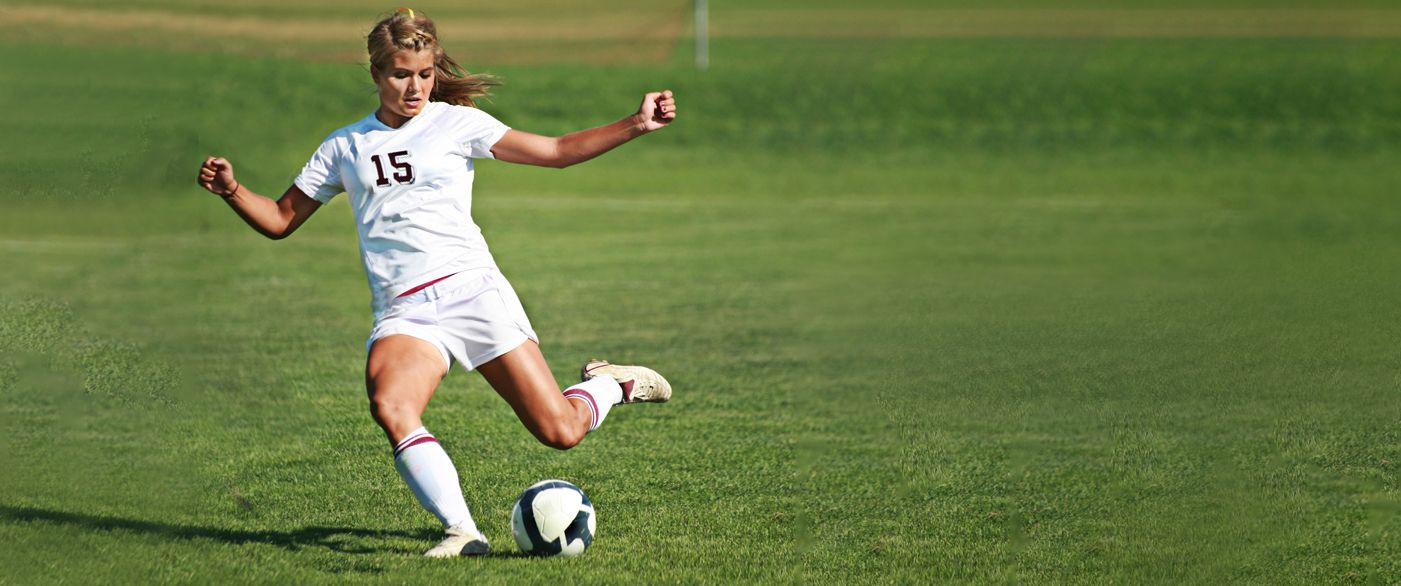 | Billing Questions: (833) 258-4717
| Billing Questions: (833) 258-4717
Online Bill Pay & Patient Portal | Request Medical Records / FMLA & Disability Forms
Our Specialties

Foot and Ankle
World-Renowned Foot and Ankle Leaders
Foot doctors and ankle surgeons are specialty-trained medical providers who diagnose and treat injuries and conditions of the foot or ankle, such as sprained ankles, fractures, and Achilles tendon tears. These doctors can recommend nonsurgical treatments as well as perform minimally invasive procedures and complex foot or ankle surgeries.
At Carrell Clinic, all of our world-renowned leaders are board-certified and fellowship-trained experts within their field of subspecialty as well as fully trained general orthopaedic specialists. This includes our doctors specializing in the foot and ankle, Dr. Eugene Curry and Dr. Carr Vineyard. Our foot and ankle specialists’ advanced training and certifications attest to their skill and the profound dedication they have toward the treatment and surgical care of their patients.
Do You Need Specialized Orthopaedic and Sports Medicine Care for the Foot or Ankle?
An ankle or foot condition or injury can disrupt your life as well as keep you from enjoying the activities you love. Below are some common signs and symptoms you may be experiencing if you have an injury or condition of the foot or ankle:
- A bump on the side of your big toe
- Bending or flexing your foot causes pain
- Pain that worsens when wearing shoes
- Stiffness
- Swelling
- Unable to bear weight on the affected joints
- Walking is painful or difficult
If you've been experiencing foot or ankle pain or any of the above symptoms, you may be suffering from a sports-related or orthopaedic injury or condition. One of our specialty-trained foot and ankle specialists can expertly diagnose you as well as work with you to find the treatment solution right for you. Common ankle and foot problems they see include:
- Achilles tendon injuries
- Ankle sprains
- Arthritis
- Bunions
- Congenital limb deformities
- Fractures, including stress fractures and talus fractures
- Hammertoes
- Ingrown toenails
- Morton's neuroma
- Plantar fasciitis
- Tendon ruptures
- Tendonitis
Experience a Legacy of Excellence and Exceptional Foot or Ankle Care.
Serving the foot and ankle needs of Dallas, Frisco, and the surrounding areas, our foot specialists and ankle doctors are world-renowned leaders who are dedicated to providing patients with the specialized foot or ankle care they need to get back to an active, healthy life.
Having dedicated their practices to offering patient-centered care, our ankle specialists and foot doctors understand that while an orthopaedic surgery, such as ankle replacement, may be the best option for one patient, another patient might benefit more from a nonsurgical solution, such as custom orthotics or physical therapy. That's why our foot experts and ankle specialists are committed to listening to each patient to fully understand their needs and goals before developing a personalized treatment plan.
If surgery is recommended for you and your injury or condition, rest assured that our foot doctors and ankle surgeons continue to uphold excellence by keeping up to date with the latest advancements in technology, surgeries, and techniques. Our surgeons are also committed and well-respected in their field and know how to perform a full range of ankle and foot surgeries and minimally invasive procedures. This includes the following surgical options:
- Ankle arthroscopy
- Bunion correction surgery
- Foot reconstruction surgery
- Minimally invasive Achilles tendon repair
- Total ankle replacement
- Total talus replacement
100 Years of Experience. 2 World-Renowned Foot and Ankle Leaders. 1 Legacy of Excellence.
At Carrell Clinic, we have a long-standing tradition of providing patient-centered excellence that dates back to 1921. Because the drive, dedication, and high standards of those who came before us were upheld and infused into Carrell Clinic, we are highly respected and known for our dedication to excellence throughout the Southwest and the nation.
As one of our patients, you will experience our rich heritage as well as exceptional orthopaedic and sports medicine care that is focused solely on you and your individual foot or ankle needs. Our devotion to you and your ankle or foot care starts the second you walk into our Dallas or Frisco office and lasts throughout your entire journey with us. Whether you need a custom treatment plan for a fracture, bunion, or sprained ankle or a surgical consultation to discuss if surgery is right for you, we are here to provide you with the exceptional patient-centered care you need to get back to your active, healthy life.
To consult with one of our ankle experts or foot doctors, please call (214) 220-2468 or request an appointment online.


